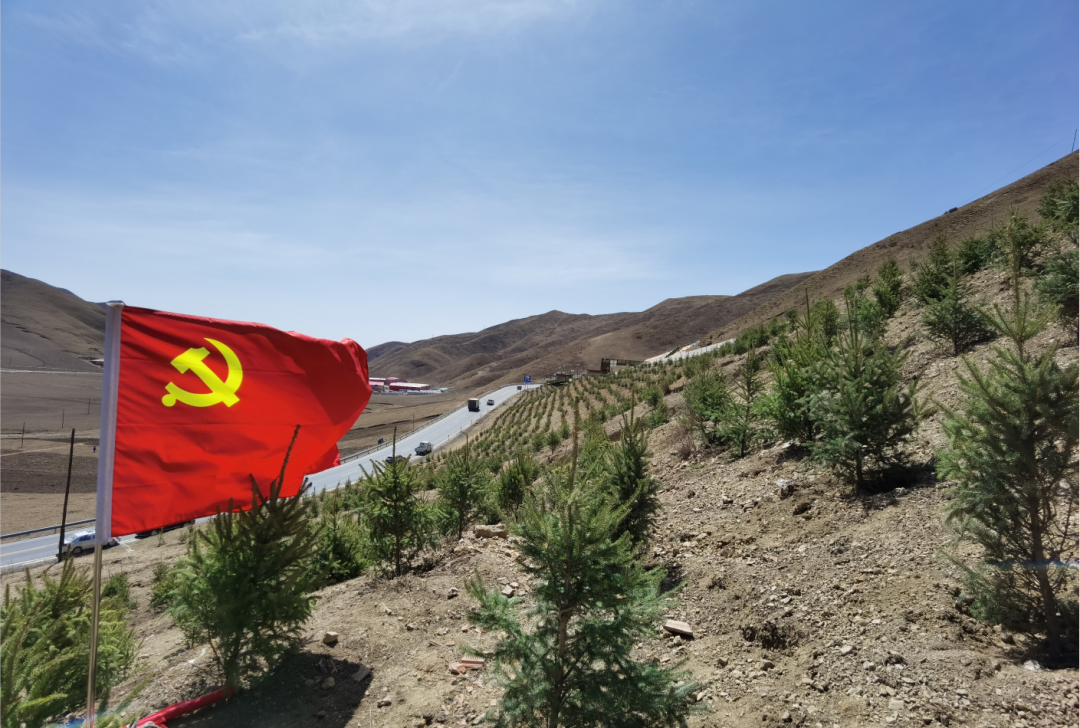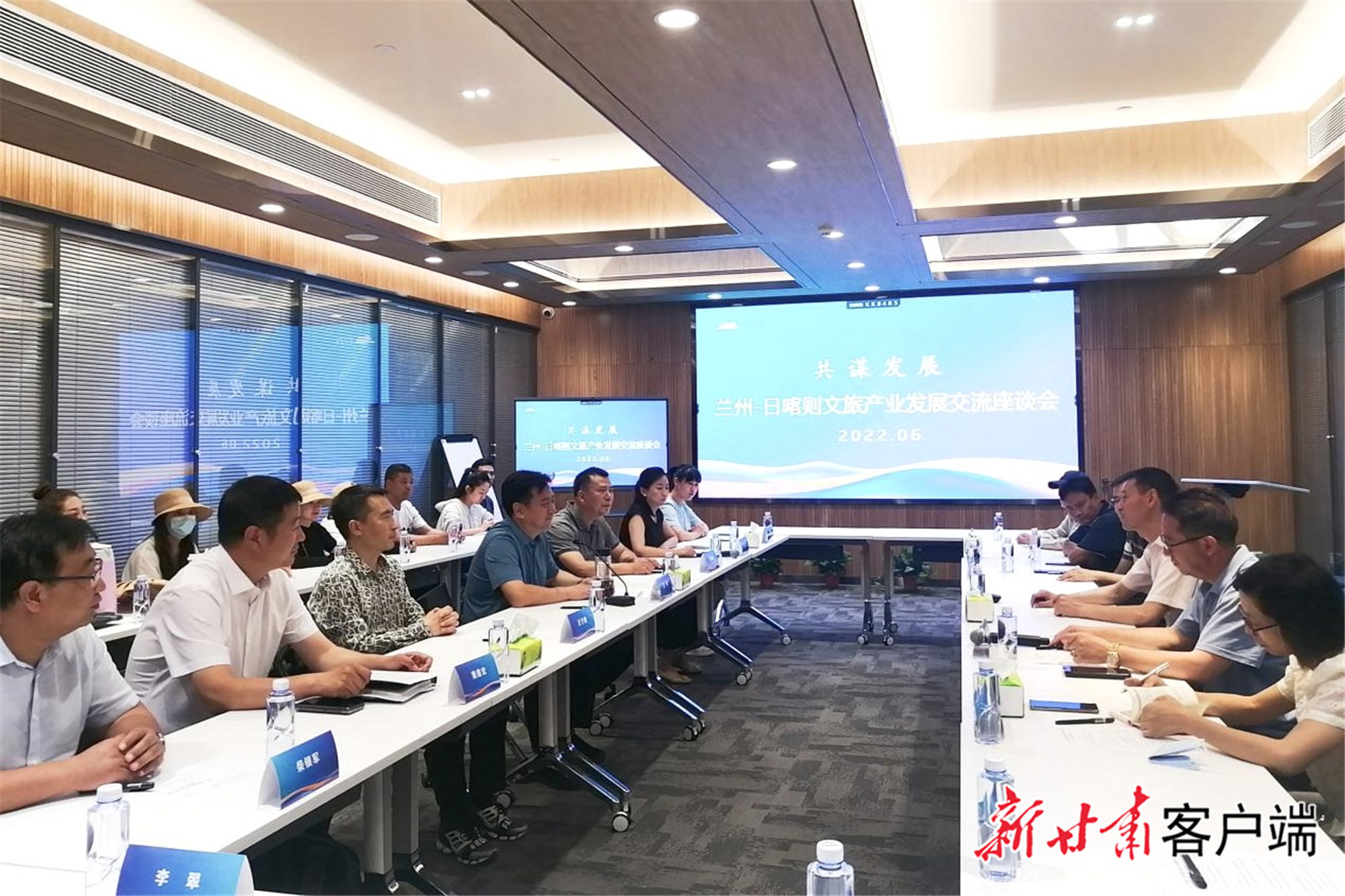Source Source: Du Dendrobes and Dendrobium
Author:Lao Nie Yue Culture Time:2022.07.21
Town, Taishan Duhu Town, locals read.
There is a Chinese medicinal material called Dendrobium. How to read Dendrobium? do you know? Some people read "Shi Ku" and some people read "Shi Huo". Some people also read "Shihe".
Dendrobium originally had only one pronunciation, Mandarin reader, read or serve Cantonese. Why is it cool?
Netizens said: "Shi Ku, Cantonese, Cantonese, has been reading cool after 60, but in recent years, I often listen to reading. I doubt whether I have read it wrong."
Dendrobium is not a polyphonic character. The Hong Kong dictionary is read, and the dictionary of Guangzhou is read cool, while cool is a variety of reading.
Cantonese phonetic HUK9, which is the word HUG6 "in Guangzhou Yin Dictionary, is the ninth voice of the word" crying ".
How to become cool or crying? Let's take a look at the soundtrack of Cantonese style characters. The Chaozhou people are read as empty and the mother -in -law becomes H, so the service can be changed to cool or crying.
Why did anyone read it again. It is because it is because it is a crying change.
Therefore, netizens said: "Guangzhou dialect is called the same sound of the contract, there is no mistake, it must be."
"I haven't checked the Guangzhou Yin Dictionary before, and I have been doing my own reading (pot) sound. Foshan seems to read more (He) sounds and get used to reading Huk6 cool sound."
Some netizens said: "Teachers who studied Chinese medicine also taught by father. Dendrobium read -in -law in Cantonese medicinal materials, studying Chinese medicine in the 1980s, Dendrobium = Shihe (pronunciation)
"Zhanjiang Shihe, Guangdong, the world is willing to read,"
In addition to the righteous reading, it is turned into cool and united. "Dendrobium (Huo) Yeguang Pills of radio advertisements decades ago, all read Huo Ah Dendrobium. My family has been reading the sound of" Huo ", Huo Yuanjia's Huo.
Dendrobium reads as Shihuo is probably known to learn Chinese medicine.
When Dendrobium was first discovered, it was growing on the stone. The word of the stone, the word "The word interpretation" was interpreted as: "Stone, huge, borrowed as a word, 柘 100 pounds."
"Dendrobium, ten buckets, ten buckets are one stone, 100 or twenty pounds", all of which are measured,
The words of the two words should be: the weight of the stone, such as the container of the Dendrobium, which is the affirmation of the value of the ancient doctor about the value of the Dendrobium of a single iron.
The use of Dendrobium is named this medicinal material, indicating that ancient plants in ancient times were very expensive and valuable. In the Ming Dynasty and before, the varieties with high polysaccharides such as Dendrobium candidum and Huoshan rice were called Dendrobium, and Dendrobium, which did not contain polysaccharides, was called the Dendrobium. In modern times, Dendrobium is subdivided according to plant classification. Dendrobium belongs to the genus Lanke Dendrobium. There are about 1,300 species in the world and 76 species in my country. Different varieties and huge economic value differences
The word "Dendrobium" is derived from Dendrobium Huoshan (Mi Dendrobes)
According to research, the source of the word "Dendrobium" is from the typical growth environment of Huo Shan Dendrobium (Mi Dendrobium): The typical growth environment of Huo Shan Dendrobium (Mi Dendu) is growing on the wild stones, that is, "born without soil and water," Essence This is intuitively different from other Dendrobium breeds planted in greenhouses now.
Dendrobium Huo Shan is also called Huoshan Mimi Dendrobium because each section is tired.
At the beginning of the Dendrobium of Huo Shan, it was only called "Dendrobium" by the ancients. It was not until the Qing Dynasty that it was called "Huo Dutch Dendrobium" and "Huo Dendrobium". In modern times, we are used to calling it Dendrobium, Huoshan Mi -Dendu, and Mi Dendrobium.
Therefore, Dendrobium reads as Shihuo from Huashan Dendrobium. (Text/Li Luopeng Nie Juping)
- END -
After the Town: Bow "Red Seeds" in voluntary services

After the town actively explores the new model of party building+new era civilizat...
Lanzhou+Shigatsu jointly creates the concept of multi -season tourism in the whole region

Symposium site.New Gansu Client June 15th (New Gansu · Daily Gansu.com reporter L...